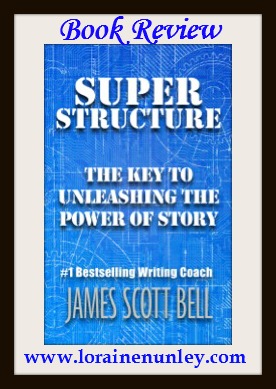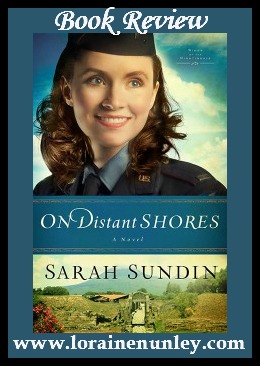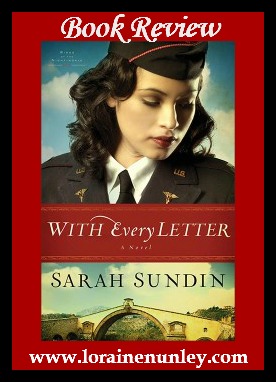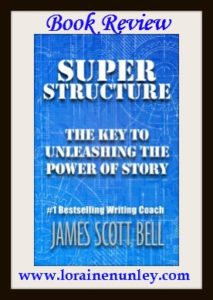
Book Review: Super Structure by James Scott Bell
This page contains affiliate links. If you click a link and buy something, I receive a commission for the sale. This does not cost you anything. But if you do use my links, I appreciate your support.
Synopsis from author’s website:
Story LOVES structure, because structure translates story into a form that enables reader connection…and those are the stories that sell.
The material in this book greatly expands upon the chapter on structure in Write Your Novel From the Middle {Also by James Scott Bell}. Super Structure can be considered a companion to that book, but it also stands alone in its treatment of the elements of a solid and pleasing plot.
Here’s more good news: Super Structure will work for any type of writer–those who like to outline, those who just fly by “the seat of the pants,” and those who do a little of both. That’s because Super Structure stresses the concept of “signpost scenes.” There are fourteen signpost scenes, or beats, that can be used to create an entire plot, the skeleton of an idea, or a map to help you figure out what to write next.
Every signpost is given its own chapter and explanation, along with a section called “Helpful Hints for Plotters and Pantsers,” showing you how to apply what you’ve learned and adapt it to your own style of writing.
My review:
This is a departure from the books that I usually review, which are inspirational fiction, but when I finished this book, I just had to share it with other writers (published or not).
I found the information in this book very useful. This book gives a very clean way to structure the different points in your novel. Part One gives information on structure overall and how writers, no matter how they write, can benefit from using it. Part Two then takes you step by step through fourteen “signposts” that form to complete a good plot.
I like that the author used many examples of each sign post in other famous stories. He used examples from movies as well as literature. Each chapter is short, but packs quite a punch. I also liked that the author puts advice for both plotters and pantsers at the end of each signpost chapter.
While I am familiar with the arc of a story and the idea of having three basic acts (intro, climax, resolution), I am a writer that struggles with getting from one act to another in a way that will keep my readers reading. I have also discovered, through some trial and error, that I am much more of a plotter than a pantser so I have to have some idea of where I am going or I stumble over writers blocks big enough to stop an elephant in its tracks. This book has helped me fill in those gaps. I am applying each signpost as I write my rough draft and I have found that it is making the process easier.
This book has become part of my permanent writing resource library. I highly recommend it to any writer.
My rating: 5 out of 5 stars
Where can I learn more about this author and their books?
James Scott Bell, author website
[tweetthis]Super Structure by James Scott Bell (5 out of 5 Stars) #BookReview #amwriting[/tweetthis]-Loraine Nunley


